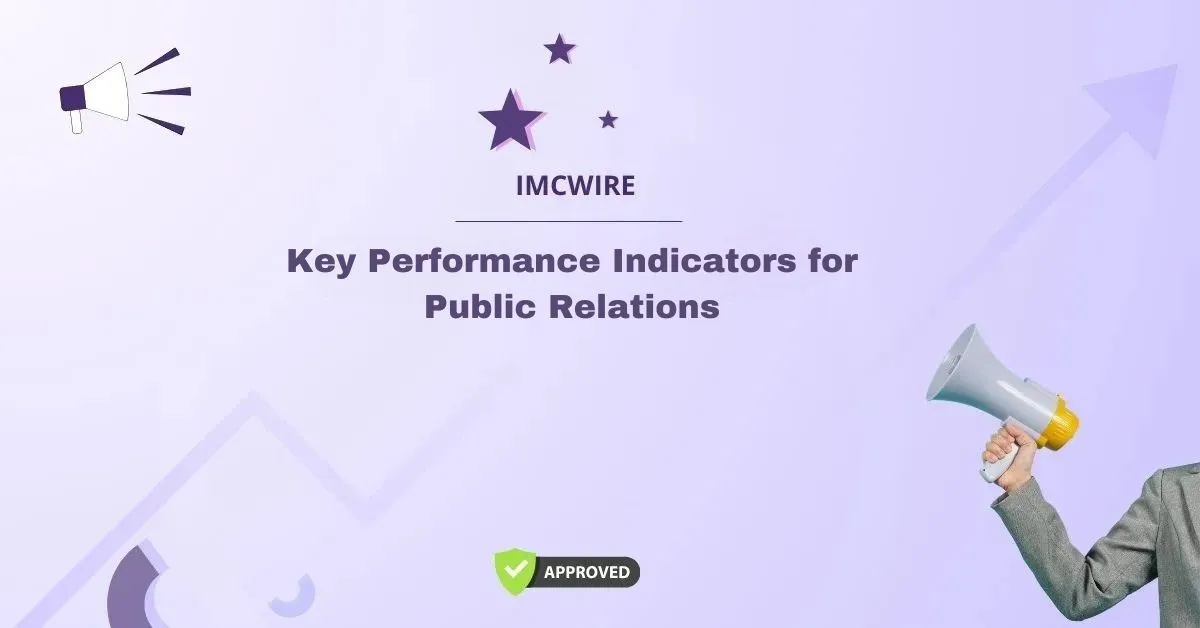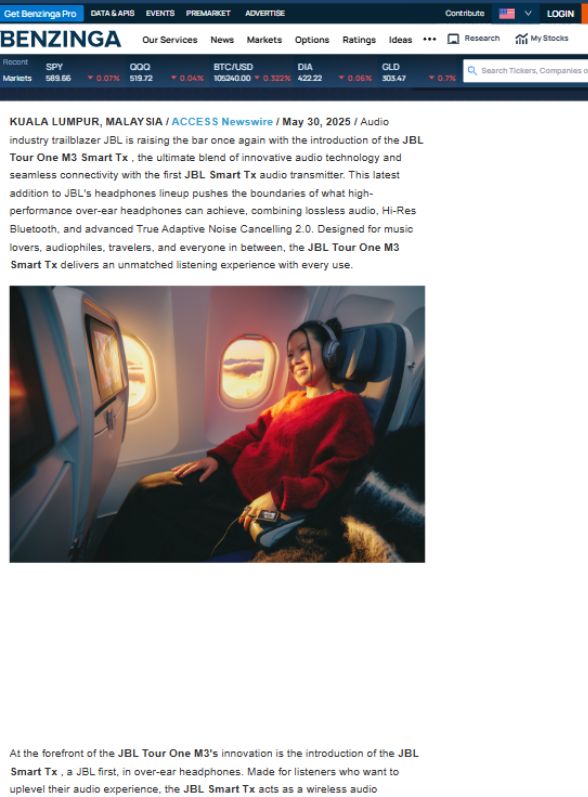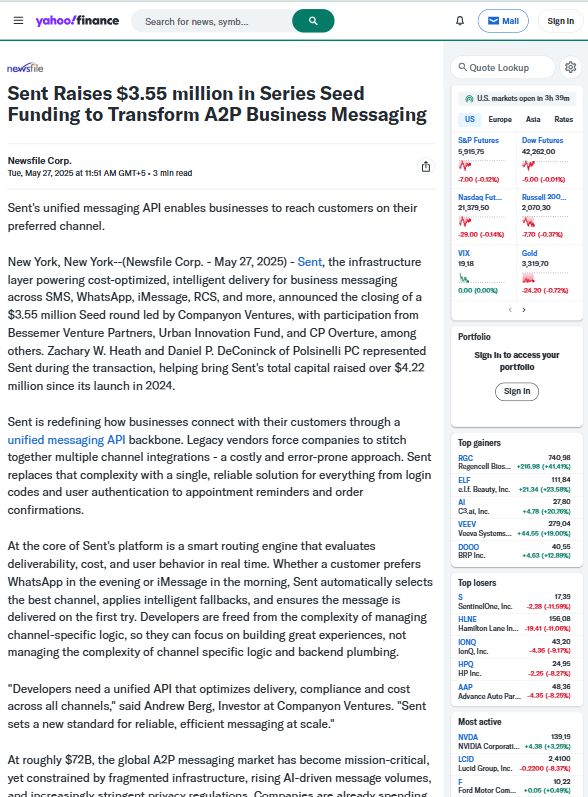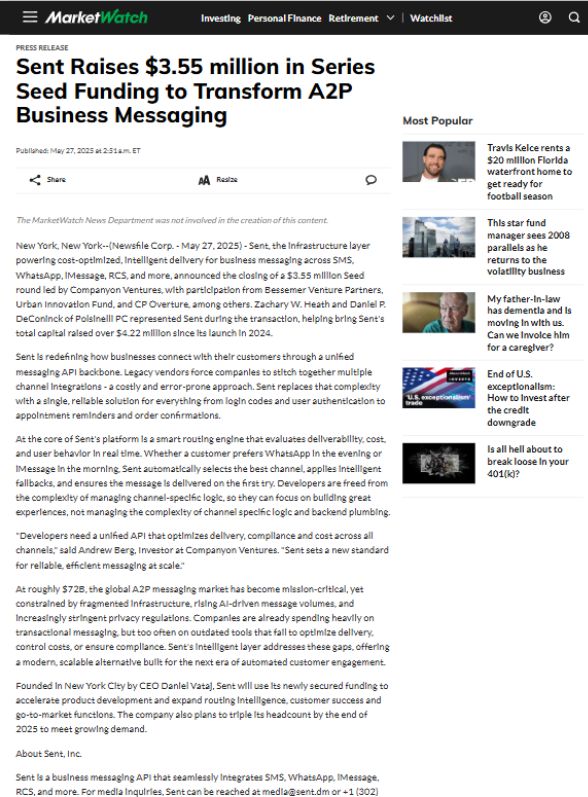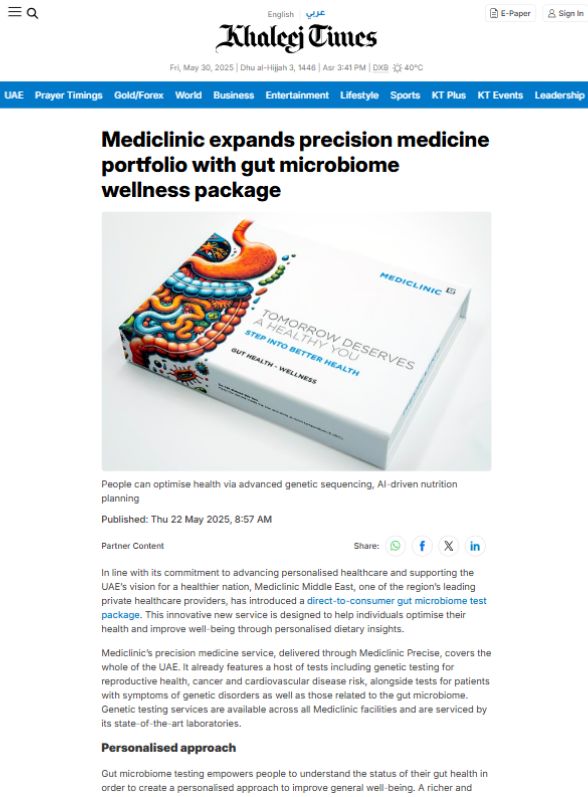The Asia-Pacific (APAC) region has emerged as one of the most promising global markets for businesses aiming to expand their presence and secure long-term growth. Spanning diverse economies such as China, India, Japan, South Korea, Australia, and Southeast Asian nations, the APAC market offers opportunities across technology, finance, manufacturing, retail, healthcare, and consumer goods. For companies outside this region, having a well-designed APAC market entry strategy is essential to navigate local regulations, cultural differences, consumer preferences, and competitive landscapes. Without a tailored approach, businesses risk financial setbacks and missed opportunities in a region projected to dominate global economic growth in the coming decades.
Table of Contents
Why Businesses Should Focus on APAC
The APAC market accounts for more than half of the world’s population and contributes a significant share of global GDP. The region’s expanding middle class, growing digital adoption, and rapid urbanization present immense opportunities for businesses seeking to sell products, services, and innovative solutions. APAC is not a uniform market; each country has unique economic conditions, consumer behaviors, and policy frameworks. As a result, developing an effective APAC market entry strategy requires extensive planning, market research, and localization.
Companies that succeed in APAC usually understand local cultures, build partnerships with regional players, and invest in tailored marketing strategies. Whether it is e-commerce platforms in Southeast Asia, fintech opportunities in India, or advanced technology markets in Japan and South Korea, businesses must align their offerings with the specific demands of each country.
Key Components of an APAC Market Entry Strategy
Market Research and Consumer Insights
The first step in entering the APAC market is conducting thorough market research. Businesses must identify consumer behavior, purchasing power, and emerging trends in the target country. For example, while mobile-first shopping is dominant in markets like Indonesia, traditional retail still plays a significant role in countries like Japan. Understanding consumer insights helps businesses tailor products and services to meet specific needs.
Regulatory Compliance and Legal Frameworks
Each APAC country has its own legal and regulatory environment. Companies need to understand tax laws, import-export policies, labor regulations, and intellectual property rights. For example, China has strict internet and data protection laws, while Australia focuses heavily on consumer rights and environmental sustainability. A successful APAC market entry strategy must prioritize compliance to avoid penalties and reputational damage.
Distribution and Logistics
Efficient distribution and logistics play a crucial role in ensuring product availability across diverse geographies in APAC. Businesses must evaluate supply chain networks, warehouse management, and local distribution partners. Countries like Singapore serve as strategic hubs for logistics due to their advanced infrastructure, while challenges may arise in less developed regions. Partnering with local logistics providers can optimize cost and ensure timely delivery.
Local Partnerships and Joint Ventures
Collaborating with local companies often accelerates market entry in APAC. Local partners provide insights into consumer preferences, help with navigating bureaucracy, and establish trust among customers. Joint ventures and alliances reduce entry risks and enable businesses to expand more effectively.
Pricing and Product Positioning
Pricing strategies in APAC vary significantly due to income disparities among countries. While premium brands may thrive in Japan or South Korea, value-driven strategies work better in India or Indonesia. Businesses must adapt pricing models and product positioning to match consumer expectations and purchasing power.
Digital Marketing and Localization
Digital transformation is reshaping the APAC market. Social media, influencer marketing, and e-commerce platforms dominate consumer interactions. Companies must adapt their digital marketing strategies by localizing content, using regional languages, and aligning with cultural values. For instance, WeChat marketing in China differs from Instagram promotions in Australia. Localization ensures stronger brand recognition and customer loyalty.
Risk Management and Adaptability
Political instability, economic fluctuations, and natural disasters are risks businesses face in APAC. Companies should incorporate risk management strategies such as diversification, flexible supply chains, and crisis management protocols. Adaptability and resilience are essential to sustain long-term growth.
The Role of IMCWire in APAC Market Entry Strategy
A strong communications and public relations framework is vital when entering the APAC market. Businesses not only need to build trust but also gain visibility among local consumers, investors, and media outlets. This is where IMCWire plays a pivotal role. IMCWire specializes in press release distribution across the APAC region, enabling businesses to increase credibility, gain media visibility, and connect with stakeholders.
By leveraging IMCWire, businesses can craft compelling announcements, distribute them to the right media channels, and ensure brand recognition in competitive markets. IMCWire’s expertise in localized media distribution ensures that companies resonate with regional audiences while maintaining a strong international presence. For companies developing an APAC market entry strategy, IMCWire provides the communications infrastructure necessary to establish authority, attract consumers, and drive growth.
Challenges in APAC Market Entry
Cultural Differences
APAC is home to diverse languages, traditions, and cultural practices. What works in one country may not succeed in another. Brands must respect cultural sensitivities and avoid standardized global strategies that fail to resonate with local audiences.
Intense Competition
The APAC market is highly competitive with established local brands and multinational corporations. Businesses must differentiate themselves through innovation, customer service, or unique value propositions to gain a competitive edge.
Infrastructure and Operational Challenges
In some parts of APAC, infrastructure gaps such as unreliable internet, poor transportation, and logistical inefficiencies can hinder business expansion. Companies must evaluate infrastructure readiness before entering these markets.
Government Policies and Trade Barriers
Frequent changes in trade policies, tariffs, and foreign investment regulations can impact business strategies. Companies must stay updated on policy shifts to adjust their operations accordingly.
Opportunities for Businesses in APAC
Despite challenges, the APAC market is filled with opportunities. Sectors like e-commerce, digital payments, renewable energy, healthcare, and technology are growing rapidly. Businesses that leverage digital transformation, sustainability, and localized solutions can tap into immense growth potential.
Steps to Build a Successful APAC Market Entry Strategy
Step 1: Define Business Objectives
Clearly outline whether the company seeks to expand market share, enter new customer segments, or establish a regional hub.
Step 2: Choose Target Countries
Evaluate markets based on demand potential, ease of entry, and business alignment. Not every APAC country will suit every product or service.
Step 3: Conduct Feasibility Studies
Feasibility studies help businesses assess financial viability, consumer demand, and potential risks.
Step 4: Develop a Localization Plan
From product adaptation to marketing campaigns, localization ensures businesses align with consumer expectations.
Step 5: Build a Strong Communication Network with IMCWire
Public relations and media visibility are critical in APAC. By working with IMCWire, businesses can distribute press releases, highlight achievements, and gain recognition in local and international markets.
Step 6: Monitor and Adapt
The APAC market evolves quickly, requiring businesses to continuously monitor performance, consumer feedback, and market conditions. Regular adaptation ensures long-term success.
The Future of APAC Market Expansion
The APAC region will continue to be the growth engine of the global economy. Businesses that adopt digital-first strategies, focus on sustainability, and embrace innovation will thrive. The rise of smart cities, renewable energy projects, and digital ecosystems will create new opportunities for companies ready to invest in the region.
With a strategic approach and the right partners, businesses can not only enter but also dominate the APAC market. Leveraging IMCWire ensures that brands gain visibility, build credibility, and establish themselves as leaders in this dynamic region.
Conclusion
Developing a robust APAC market entry strategy is essential for businesses seeking sustainable growth in one of the world’s most dynamic regions. From market research and regulatory compliance to localization and digital marketing, companies must approach each market with precision and adaptability. By partnering with IMCWire, businesses gain the advantage of targeted press release distribution, brand recognition, and media visibility—critical elements for successful entry and expansion in APAC. Companies that prioritize strategy, communication, and adaptability will unlock the full potential of the APAC market and secure long-term success.





